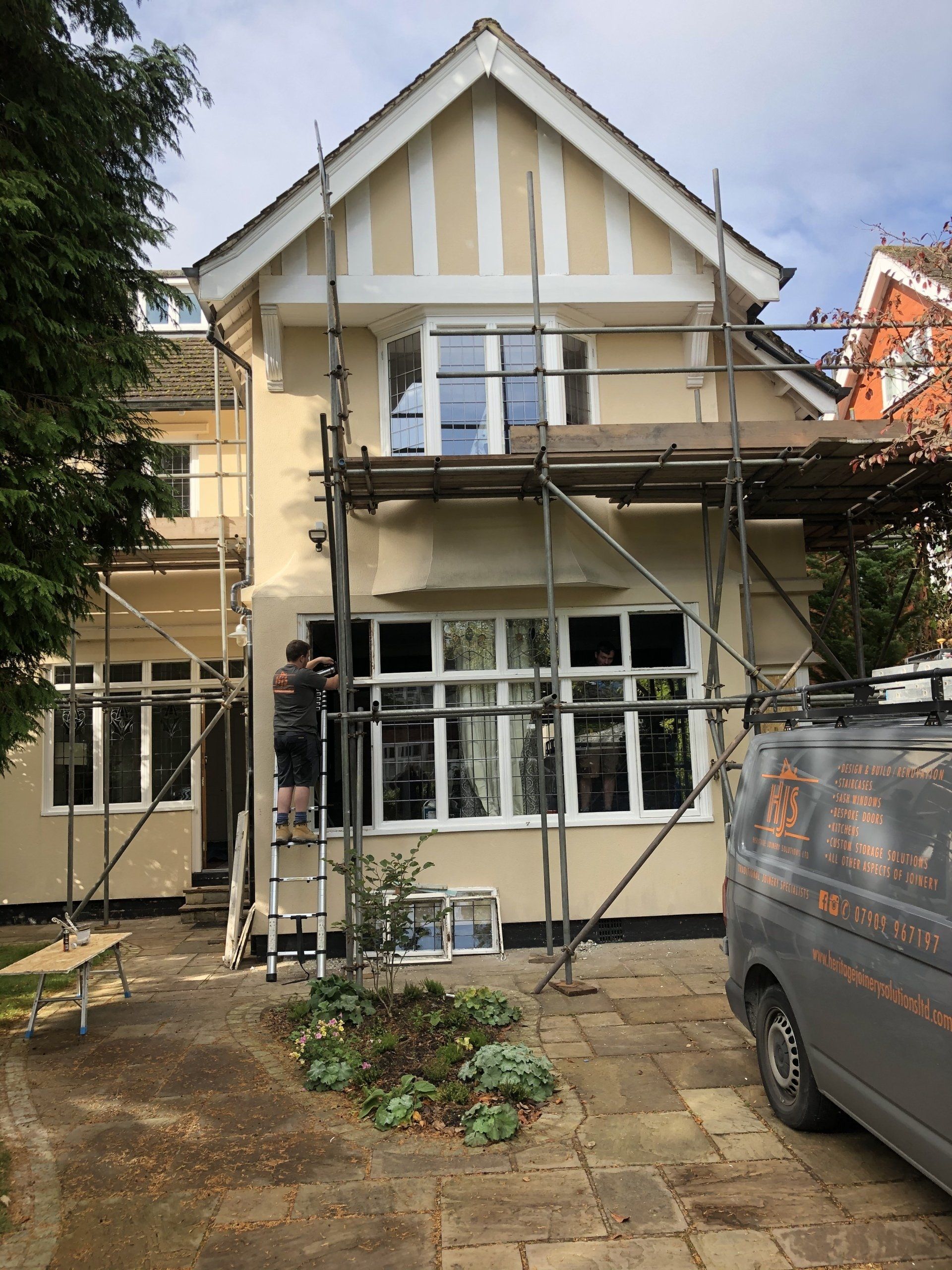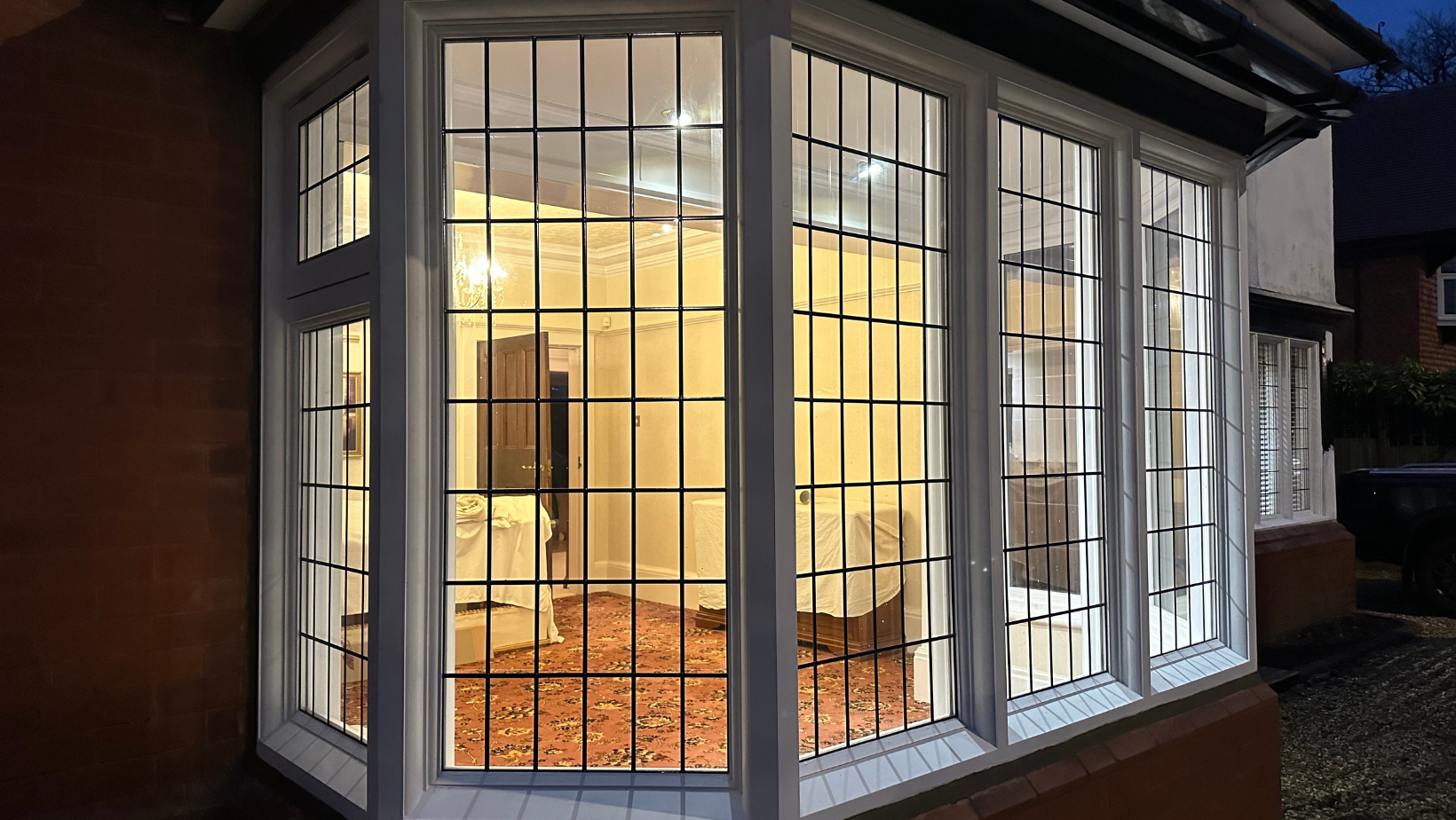10 Timeless Sash Window Designs to Transform Your Home
Sash windows, with their timeless charm and elegant design, have carved a lasting place in the realm of interior aesthetics. These classic windows have transcended the decades, gracefully adapting to evolving architectural styles while retaining their allure. In this post, we’ll embark on a journey to explore the captivating world of sash window designs, unveiling ten exquisite choices that hold the power to transform your home into a space of sophistication and beauty.
Sash windows have long been revered for their ability to blend seamlessly with diverse interior themes, from traditional to contemporary. The balance they strike between functionality and visual appeal is a testament to their enduring popularity. Beyond mere windows, they serve as architectural art, enhancing the overall ambience of any room they feature in.
As we go through the following sections, each design will unfold, revealing its unique character, historical significance, and the architectural styles it complements. Whether you are renovating a historic home or seeking to infuse modern spaces with classic charm, these sash window designs offer inspiration and a touch of refined beauty.
The Different Designs of Sash Windows Available
Sash windows, with their classic elegance, bring a touch of timeless beauty to any home. They’ve evolved over the years, adapting to various architectural styles while retaining their essential charm. In this section, we will explore a variety of captivating sash window designs, each with its own unique features and applications.
Non-Bar, Half-Centre Bar, and Centre Bar Sash Windows
Three fundamental sash window designs that offer distinct aesthetics and functionality. Non-bar sash windows boast clean lines and unobstructed views, making them ideal for spaces where maximising natural light is a priority. Half-centre bar sash windows introduce a touch of symmetry with a horizontal bar at the midsection. Centre bar sash windows, with a vertical bar at the centre, embody a traditional look that resonates with historical architecture. These designs find their place in a range of architectural styles, from charming cottages to stately colonial homes, enhancing the overall appeal of each structure.
Asymmetric Sash Windows
For those seeking a more modern and dynamic feel, asymmetric sash windows are an intriguing choice. Their unevenly divided lights create visual interest and energy within a room. This design adds a contemporary twist to the timeless elegance of sash windows, making them stand out as both functional and artistic elements in any space.
Three Light & Marginal 3-Light Sash Windows
The allure of three light and marginal 3-light sash windows lies in their classic pane configurations. These designs typically feature three panes of glass in each sash, creating a balanced and symmetrical appearance. Glazing bars are used to achieve this "three light" look, evoking a sense of tradition and sophistication. These designs are versatile, suiting a range of architectural styles, from the grace of the Victorian era to the refined lines of Georgian homes.
Marginal Border Sash Windows
Marginal border sash windows embrace a refined grid pattern along the edges of each sash. This design element enhances the aesthetics of the windows, lending them a distinguished and elegant look. Beyond their visual appeal, marginal borders hold historical significance, often associated with specific architectural periods. This design choice brings a touch of nostalgia to modern homes, connecting the present with the elegance of the past.
Full Georgian, Half Georgian & Georgian Variant Sash Windows
The Georgian era gave birth to sash windows that remain iconic to this day. Within this style, we encounter full Georgian, half-Georgian, and Georgian variants. Full Georgian sash windows, with their six-over-six pane configuration, exude timeless elegance and symmetry. Half Georgian offers a more modest approach, while Georgian variants provide creative adaptations to suit diverse architectural preferences. These designs are a celebration of tradition and artisanry, adding a touch of refined beauty to any home.
Tru Arch & Swept-Head Sash Windows
The graceful curves of Tru Arch and swept-head sash windows bring a sense of architectural interest to buildings. These designs soften the lines of a structure, creating a more inviting and aesthetically pleasing appearance. Whether in a traditional setting or a modern one, Tru Arch and swept head sash windows stand as captivating focal points, adding a touch of sophistication to the overall design.
London Sash Windows
London sash windows, characterised by a single pane of glass in each sash, offer unobstructed views and a minimalist aesthetic. This design is a classic choice, often found in Victorian and Edwardian homes, where its simplicity complements the urban environment. These windows continue to be popular in city settings, providing an elegant solution to balance the architectural and functional aspects of window design.
2/5 THS Split & 1/3 RD Split Sash Windows
Sash windows with specific pane configurations, such as 2/5 THS split and 1/3 RD split, introduce unique proportions and visual interest to a window opening. These designs allow for creative expression while maintaining a connection to traditional window aesthetics. They find their place in various architectural styles and renovation projects, offering versatility and a touch of individuality to each space they grace.
Coupled Style Sash Windows
Coupled-style sash windows, where two or more windows are paired together, bring a sense of grandeur to any room. This design choice not only increases the influx of natural light but also enhances the overall aesthetics of the space. Coupled sash windows are commonly used in larger window openings and bay windows, providing a striking architectural feature that captures attention and elevates the ambience.
Bay Sash Windows
Bay sash windows, projecting outward from the main walls of a building, create a timeless and dramatic architectural element. These windows offer design possibilities and customisations that cater to various architectural styles, from historical to contemporary. Bay sash windows not only enhance the aesthetic appeal of a home but also provide additional space and a unique vantage point, making them a coveted choice in interior design.
As we journey through these captivating sash window designs, it is evident that each holds the potential to transform the character of a home. From the classic elegance of Georgian styles to the contemporary flair of asymmetry, these designs showcase the enduring charm and adaptability of sash windows. In the next section, we will conclude our exploration by summarising the key takeaways and inviting you to share your favourite sash window designs or experiences.
In Conclusion
In the world of interior design, sash windows stand as timeless icons, blending the grace of tradition with the elegance of modernity. Our exploration of ten exquisite sash window designs has revealed the diversity and beauty that these windows bring to a home. From the clean lines of non-bar windows to the dramatic projection of bay sashes, each design has its unique charm and purpose.
As you consider these sash window options for your own space, envision the transformation they can bring. The allure of Georgian windows, the creativity of asymmetric designs, the elegance of marginal borders—each choice carries the potential to elevate your interior to new heights.
We invite you to share your thoughts and experiences. Which sash window design resonates with you? Have you encountered these designs in your own home or seen them gracing historic structures? Join the conversation and let us celebrate the enduring appeal of sash windows. Together, we can continue to embrace the beauty, heritage, and sophistication that these architectural marvels bring to our living spaces.














